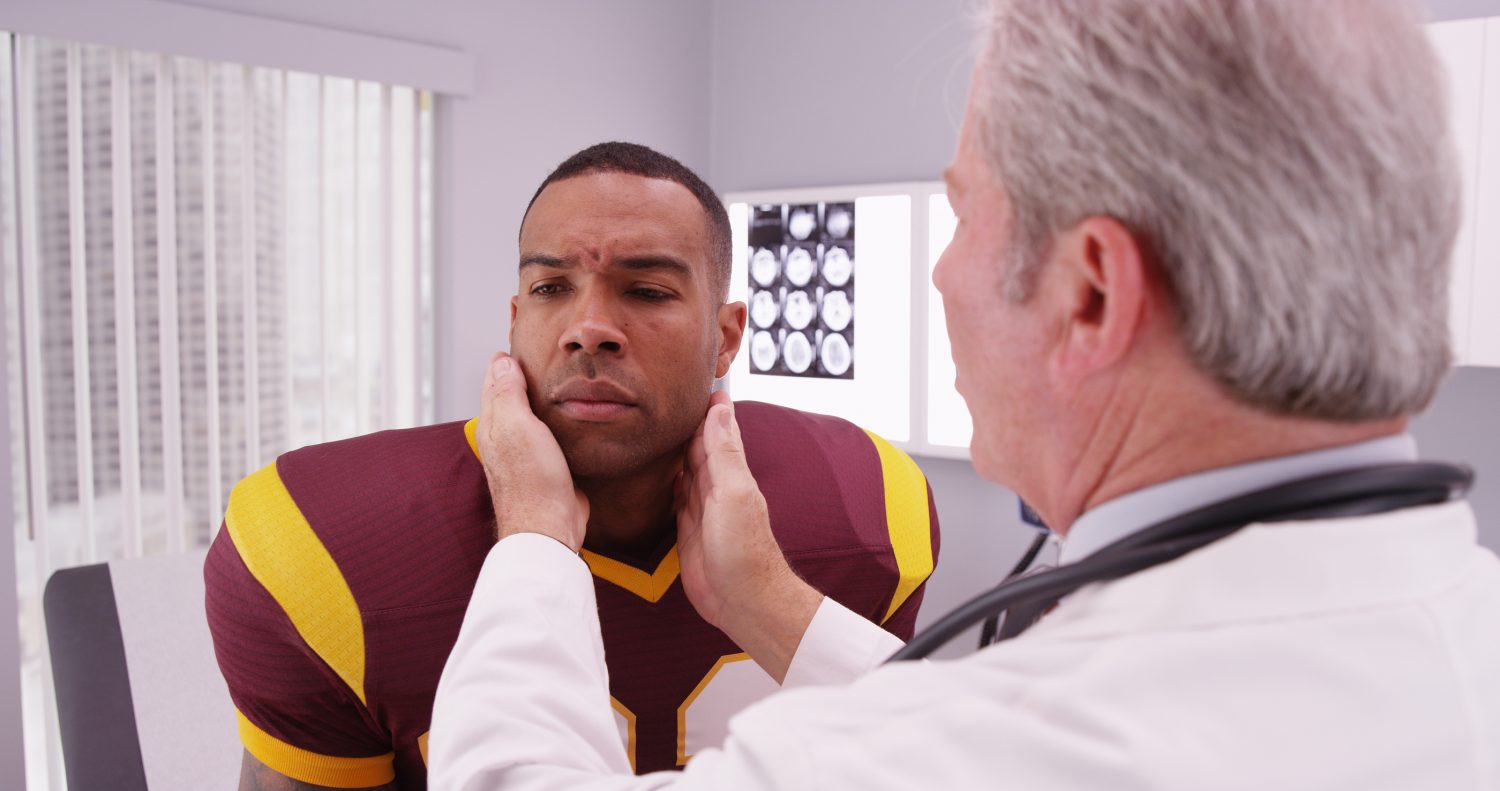
The purpose of this study was to (a) assess the feasibility of recruitment/retention of participants, protocol/resource management, and participant safety, and (b) estimate the size of the effect between the experimental and control groups. This was a feasibility study conducted as a prospective pilot double-blind randomized clinical trial.
Subjects aged 10-23 years old with acute concussion and dizziness were enrolled from sports medicine centers. Forty-one participants were randomized into treatment and were seen for physical therapy beginning at 10 days post-concussion.
Subjects in the experimental group received individually tailored, pragmatically delivered progressive interventions. Subjects in the control received prescriptive sham to minimally progressive interventions. The two primary outcomes were medical clearance for return-to-play and symptomatic recovery.
The median number of days to medical clearance for the experimental group was 15.5 and for the control was 26. The median number of days to symptomatic recovery was 13.5 for the experimental group and was 17 for the control. According to Cox proportional hazards regression for time to medical release for return-to-play, the experimental group demonstrated a hazard ratio of 2.91 (95% CI: 1.01, 8.43) compared to the control. For time-to-symptomatic recovery, those in the experimental group demonstrated a hazard ratio of 1.99 (95% CI: 0.95, 4.15) compared to the control.
The results indicate that it is feasible and safe to complete this type of intervention study. The results provide strong support for the allocation of resources to conduct well-powered randomized clinical trials of this intervention.
No comments:
Post a Comment